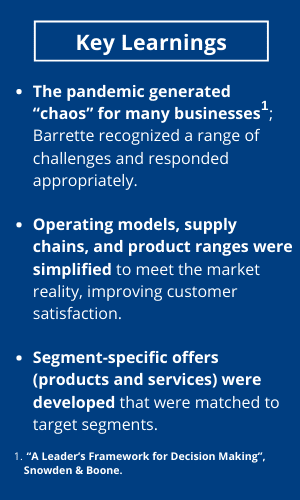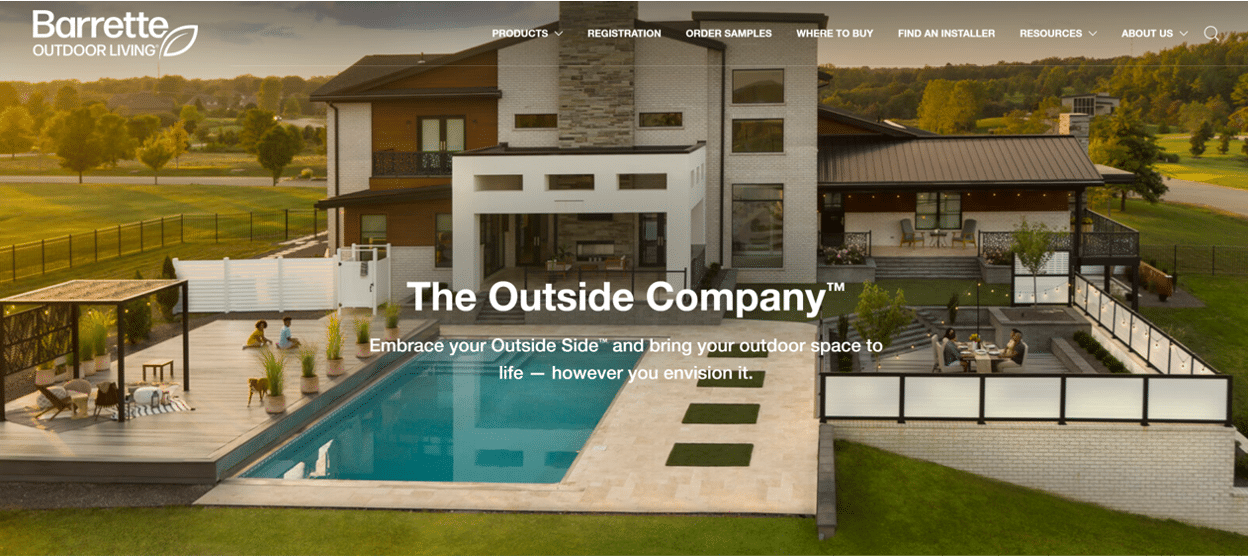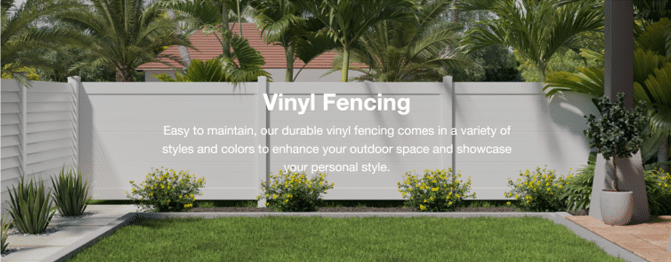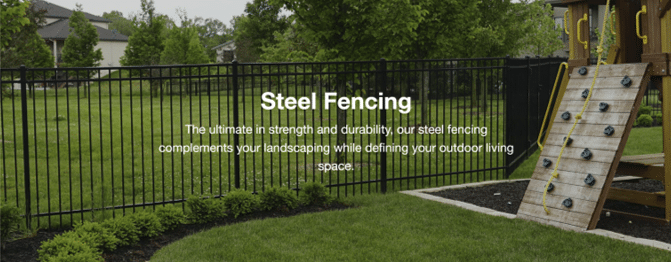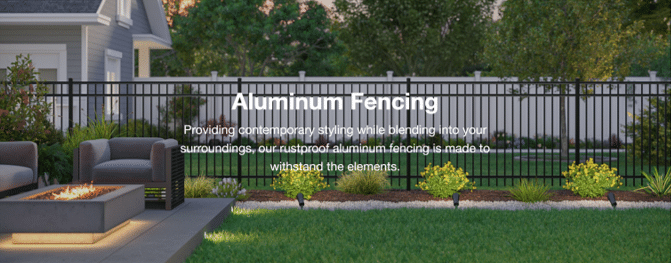Over the past decade, the Outdoor Living category has exhibited strong growth led by a combination of market drivers, such as demand for outdoor kitchens, offices, and year-round spaces, and new products that address consumer needs for durability, connectivity, and privacy.
The pandemic accelerated that growth and brought new challenges:
- Unexpected demand shifts by channel – Big Box DIY, Professional Installers, etc.
- Supply chain disruptions in basic raw materials and manufactured intermediates
- Rising variable costs – raw materials, energy, labor, etc.
We sat down with Pete Fickinger, Vice President-Pro Fence Channel at Barrette Outdoor Living, to understand the strategic marketing challenges they faced and how they turned adversity into profitable growth.

